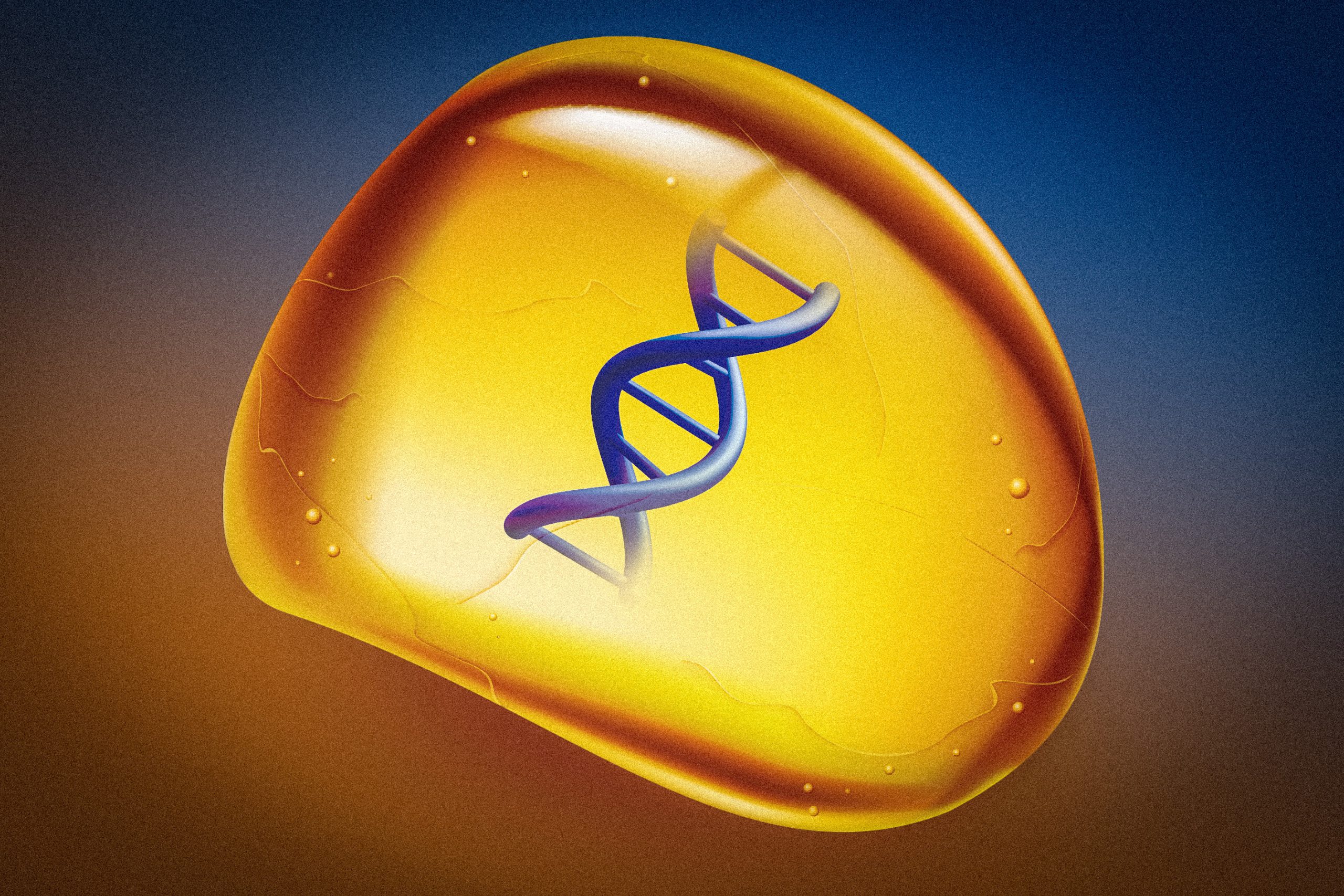Whimsy and alkene isomerization in the Wendlandt Lab
Researchers in the Department of Chemistry have developed a groundbreaking new method for transforming alkenes into their different isomers.
Isomers are compounds that share identical chemical formulae but differ in structure or configuration, affecting their physical and chemical properties. A common example is glucose and fructose; both isomers of C6H12O6 are metabolized differently by our bodies due to a different arrangement of the same atoms.
The process of transforming a compound into any of its isomers is called isomerization. This important tool allows scientists to access molecules that are not easily obtained, such as certain alkenes, which are hydrocarbons that have a carbon-carbon double bond. Extremely versatile, alkenes are used as building blocks to synthesize a wide range of chemicals, pharmaceuticals, plastics, and fuels.
Researchers from the Wendlandt Group at MIT have developed a new method for isomerization of alkenes, making possible transformations that were previously inaccessible. Their strategy is detailed in the paper “Catalytic, contra-Thermodynamic Positional Alkene Isomerization” recently published in the Journal of the American Chemical Society by Gino Occhialini, Vignesh Palani, and Alison E. Wendlandt.
Imagine isomerization as an elevator that picks up a compound and releases its isomer on another floor, moving up or down on one axis based on the amount of energy needed to power a given transformation. In comparison, the Wendlandt Group’s new method resembles the Great Glass Elevator of Willy Wonka’s Chocolate Factory, able to travel “up and down, sideways, slantways, and any other way you can think of.”
Rules that need breaking
Until now, the isomerization of alkenes has been directionally limited from higher energy states to lower energy states due to the laws of thermodynamics, or energy transfer. “Think of it as a change in state from a ball on a table to a ball on the floor. To bring a ball back onto the table from the floor requires a lot more energy than to go the other direction,” says Wendlandt, Green Career Development Assistant Professor of Chemistry at MIT.
Besides the energy consideration, another hurdle to overcome is the principle of microscopic reversibility, which states that the pathway of a transformation in either direction must mathematically be identical. An isomerization driven by a single catalyst will always end in an equilibrated system with no way of further driving the system toward a higher-energy product.
Wendlandt’s team discovered that using a dual catalyst system allowed them to break microscopic reversibility and divert from a thermodynamically controlled paradigm. Calling it “positional control” over alkene isomerization, they used energy from light to power the reactions “energetically uphill.” In other words, instead of being limited by energy constraints that determine the direction of transformations, their method allows alkenes to be isomerized in any direction.
“The underlying mechanistic principle suggests that you could transform any isomer into another isomer using this process,” Wendlandt says, citing the team’s combined expertise in the compilation of a complete story from concept to application. “In the paper, we show how people might implement that to synthesize molecules they want to target. We are putting tools in the toolkit for our industrial collaborators, colleagues, other academics.”
Wendlandt’s Whimsical Alkene Factory
Wendlandt’s affinity for the Willy Wonka tale has, in some ways, found its way into the lab. “I have an unreasonable love for the Wonka archetype because he brings absurdity to his work,” says Wendlandt. “That has been such a mantra for my life. I want to do scientific work that’s important while also being unexpected and fun. It’s a state of play.”
While there clearly is a point to this research, unlike many of the ideas envisioned in Wonka’s factory, how the group got there “is sort of whimsical,” says Wendlandt. “We thought we should do this specifically because it shouldn’t work. This reaction runs in the wrong direction. But that’s fundamentally the kind of problem I’m drawn to.”
Still, whimsy in no way belies the broad utility of this discovery’s potential application. “The way the absence of this tool has manifested is conspicuous in the way we’ve been making certain kinds of molecules,” says Wendlandt.
“That we don’t have this tool is like the glass elevator. You have to go up a level and then walk over and come down a level. But once you see the shortcut, you can see the inefficiency in the way we were doing things before.”





